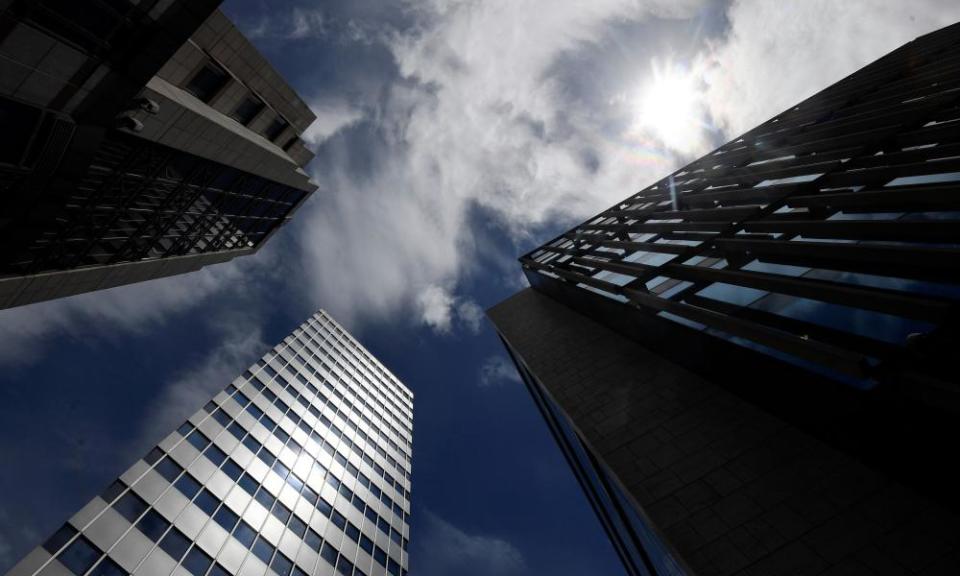Britain's economy returns to growth more slowly than expected

The British economy returned to growth more slowly than expected in May as coronavirus lockdown restrictions were gradually relaxed after the sharpest plunge on record a month earlier.
The Office for National Statistics said gross domestic product (GDP) grew by 1.8% in May as the economy staged a modest recovery from April, when GDP crashed by a fifth during the first full month of lockdown.
After the biggest collapse in activity since records began, economists had expected some recovery in activity in May as the government eased restrictions on movement. However, the bounce back was weaker than growth of 5.5% forecast by City economists.
Against a backdrop of mounting job losses and growing concern over the pace of economic recovery as the government prepares to wind down its furlough scheme from next month, economists, trade union leaders and business chiefs warned that Britain’s road to recovery could be longer and more challenging than hoped.
Frances O’Grady, general secretary of the TUC, said: “Closing down large parts of the economy was always going to lead to a sharp fall in GDP. With only a slight gain into May, the danger is that the pandemic could lead to an economic crisis.”
Suren Thiru, head of economics at the British Chambers of Commerce, said: “The pickup in output in May is more likely to reflect the partial release of pent-up demand as restrictions began to loosen, rather than evidence of a genuine recovery.
“While UK economic output may grow further in the short term as restrictions ease, this may dissipate as the economic scarring caused by the pandemic starts to bite, particularly as government support winds down.”
With thousands of companies temporarily closed to contain the spread of the virus, Britain’s dominant services sector – which makes up about 80% of the economy – grew by just 0.9% on the month, dragged down by falling levels of activity in the arts, entertainment and recreation, as well as at estate agents and IT firms.
Manufacturing and construction grew by more than 8% from the level of economic output in April, as activity at factories and on building sites began to recover with physical-distancing measures in place.
Despite the gradual return to growth, the level of GDP did not recover from record declines in activity in March and April as the global health emergency led to widespread shutdowns in activity, with GDP about 24.5% lower compared with February.
The ONS said the economy shrank by 19% over the three month period to the end of May. Analysts expect GDP to fall again in the three months to June, in what would mark the second quarter of contraction after a decline of 2.2% in the three months to March. Economists regard two consecutive quarters of shrinking GDP as the technical definition of a recession.
Jonathan Athow, deputy national statistician for economic statistics at the ONS, said there had been a pickup in the retail sector, boosted by a record number of online sales. “However, with lockdown restrictions remaining in place, many other services remained in the doldrums, with a number of areas seeing further declines.”
The easing of lockdown restrictions as the government allowed DIY stores and garden centres to reopen in May helped to boost retail activity by 12% compared with April.
Over the three months to May, the biggest declines were recorded in the food and drink sector, with output plunging by 69.3% due to the closure of bars and restaurants. There was also severe weakness in car sales, as well as the education sector with the closure of schools.
The chancellor, Rishi Sunak, said the figures underlined the scale of the challenge Britain faced. “I know people are worried about the security of their jobs and incomes. That’s why I set out our plan for jobs last week, following the PM’s new deal for Britain, to protect, support and create jobs as we safely reopen our economy.”

